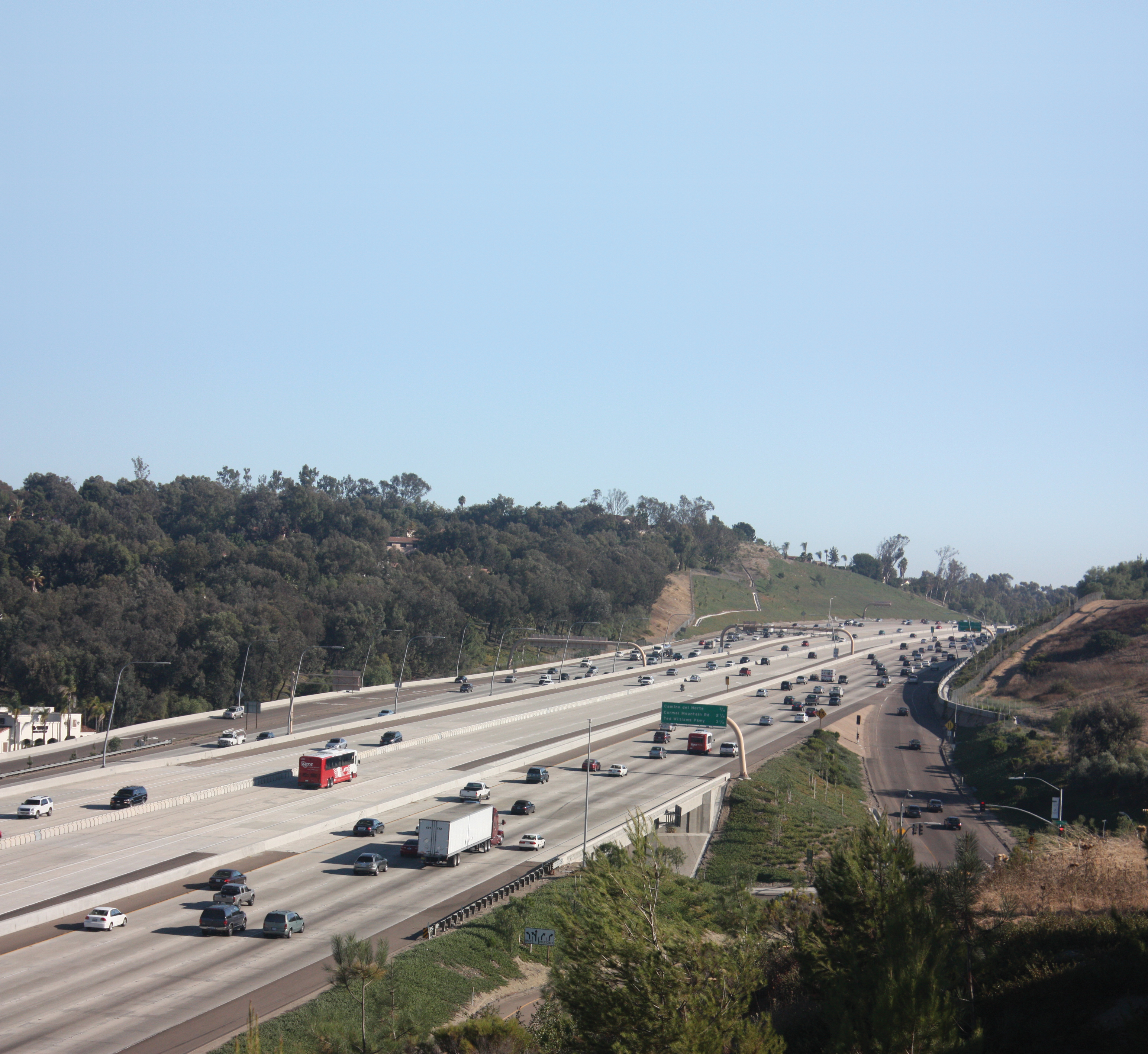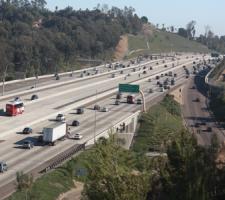
The San Diego ICM project focuses on a 20 mile stretch of Interstate 15 and adjacent arterial roads in California
A major initiative in managing numerous transport networks as a single system has moved into a significant phase with design of sophisticated new ITS systems. Jon Masters reports.
Detailed design work is under way on two pilot projects pursuing a common principle – that transportation can be made more efficient or effective if the various networks and modes of travel are managed as a whole system. This is the central tenet of theThese are the two locations selected for the ICM pilot projects. Eight transport corridors were originally the focus of the USDOT led ICM research, before three (in Minneapolis, Dallas and San Diego) were chosen for modeling the effects and benefits of ICM approaches. Headline results from the website of USDOT’s
Turning these simulated results into reality is now the crux of what’s being done by highway authorities in San Diego and Dallas. Meanwhile, the attentions of ICM leaders at USDOT and RITA are turning to dissemination and outreach programmes. Two guidance documents have been produced, on ICM analysis, modeling and simulation (AMS) and ICM implementation – all for the purpose of helping transportation agencies initiate and develop their own ICM projects.
Reaching out
“Initially there has been a lot of modeling done, partly because USDOT wants to convince others to come up with their own similar projects,” saysPlans to reach out to other ‘potential adopters’ identified by USDOT should benefit from having ITS America supporting the ICM programme, initially with a series of related events at state chapter meetings. These follow ITSA’s annual meeting in Fort Washington in May, where a workshop was convened to allow ICM team leaders from USDOT’s federal transit and highway administrations to give updates on progress with the programme, with ICM project representatives from San Diego and Dallas.
Extracting full potential
For San Diego, the technology being developed is a new ICM system for managing a 20 mile stretch of Interstate 15 in conjunction with arterial roads connecting with the highway in California. The ICM system will work with existing hardware and infrastructure including ramp metering traffic signals at intersections and an I-15 Express Lanes facility opened to the public in January 2012.The I-15 Express Lanes features four lanes separated by a moveable median barrier that allows the number of Express Lanes to increase to three lanes in one direction to help traffic flow during peak travel periods and to relieve congestion. These lanes are free for vehicles containing more than one occupant and are used by a new high-frequency express bus system. Solo drivers are charged a fee on a per mile basis, calculated based on traffic conditions.
The ICM project is being coordinated by SANDAG – the
“This project says a lot about where we are right now,” says SANDAG senior transportation planner and ICM co-project manager Alex Estrella. “We already have a lot of sub elements and state of the art field equipment for traffic management in place, whereas financially, there is a need to get the most out of these existing assets. Through ICM we envision leveraging all facilities and ITS investments to maintain and maximize corridor capacity and efficiency. To do this we have to change the paradigm of the traditional stovepipe approach, changing from operation of individual systems to an environment of integrated management.”
A new paradigm
To do that, real-time operational data has to be collected to build understanding of how infrastructure and traffic management systems are performing holistically. At the same time the technical minds of the partner organisations have to be brought together to work with the data. “They understand the importance of good data. All have bought into the vision of ICM,” Estrella says. “Once they have the data, the paradigm changes. For example, presently our arterial networks get flooded every time there is an incident on the freeway. ICM will allow us to apply specific plans for the benefit of the corridor based on data. We will move from a reactive to proactive stance, anticipating problems with appropriate action plans.”SANDAG and its partners are due to be switching their ICM system on in spring 2013 when it will begin to collect and crunch traffic data to give a nearly continuous breakdown of what’s happening on I-15, while building a complex and detailed model of how traffic ebbs and flows with time and events. This modeling and monitoring serves as a fundamental element of the ‘network prediction subsystem’ – the backbone of the decision support system advising what should be done at 15 or 30 minute intervals before a disruption occurs.
“This element of the ICM will be up and running in 2014 and will be enhanced to get better as the ICM project progresses,” Estrella says. “The key question is the process itself, the on-going coordination between the ICM partners to consistently review, revise and implement improved response action plans. Since traffic or congestion does not always behave in the same way, we are unlikely to get response plans exactly right from the start, but we will have opportunity to gather the data and apply the model to tweak the system and responses.”












